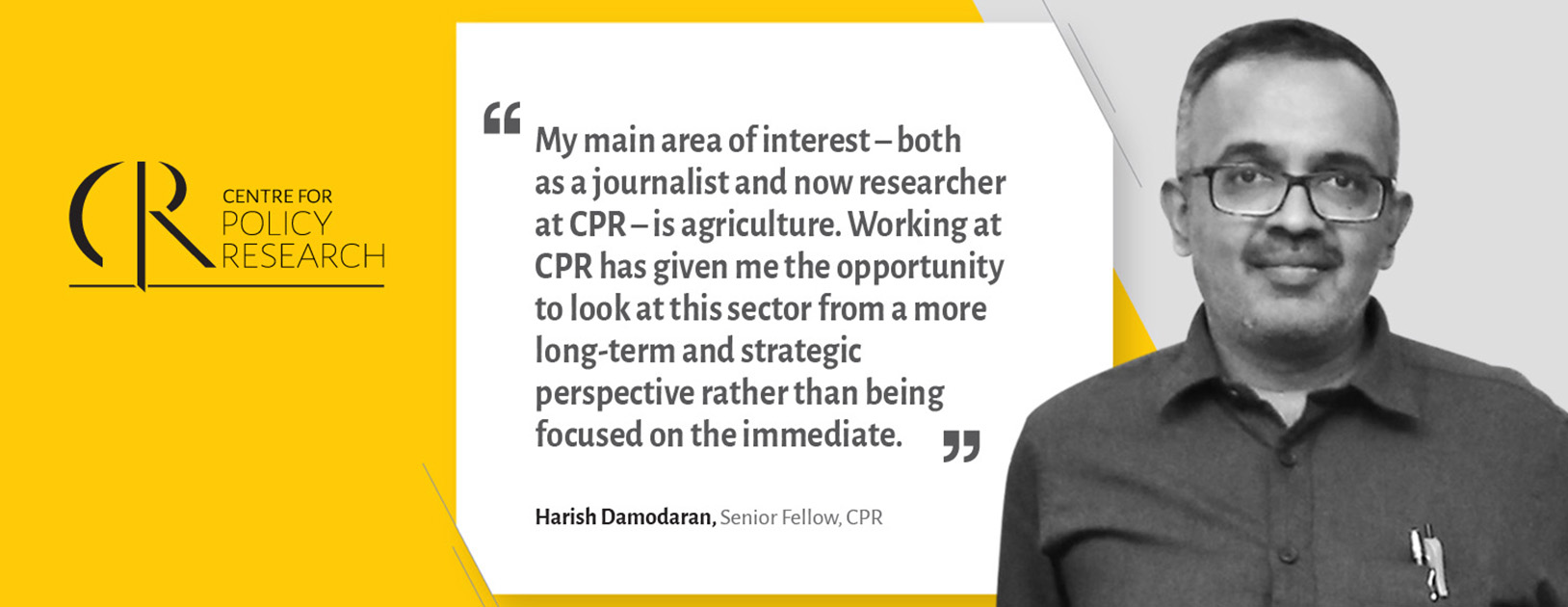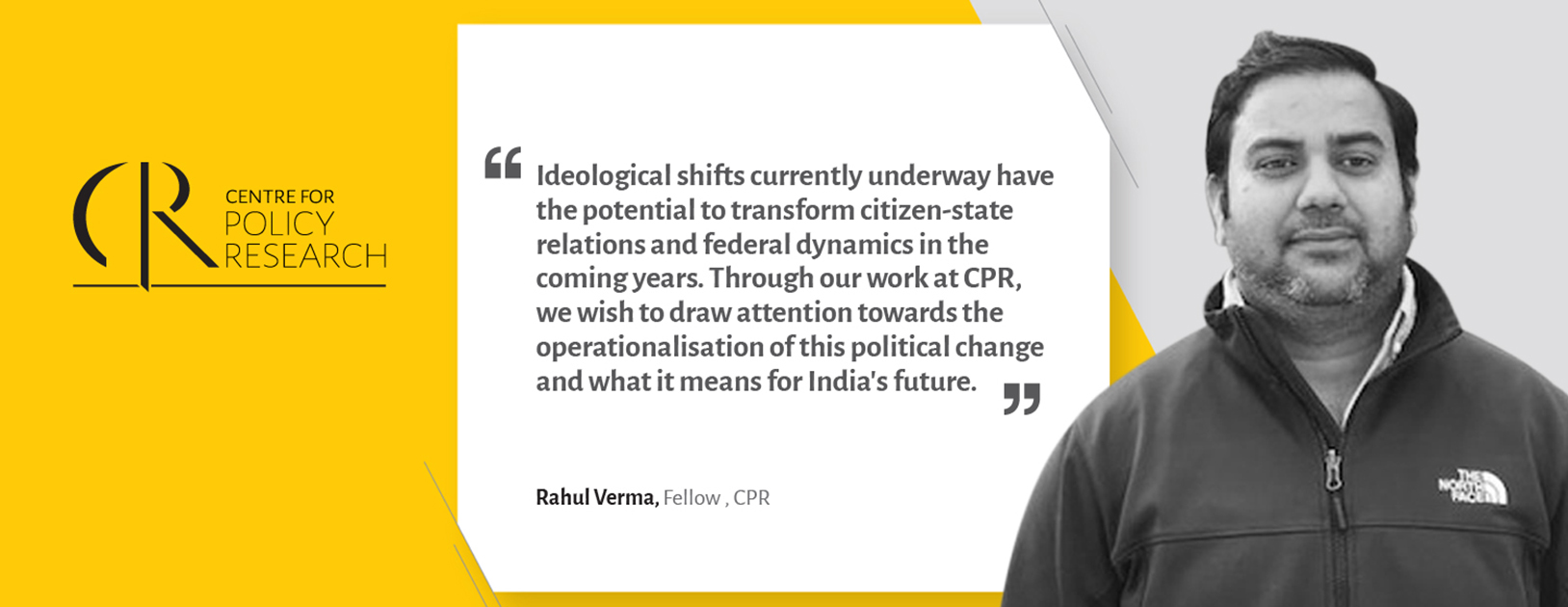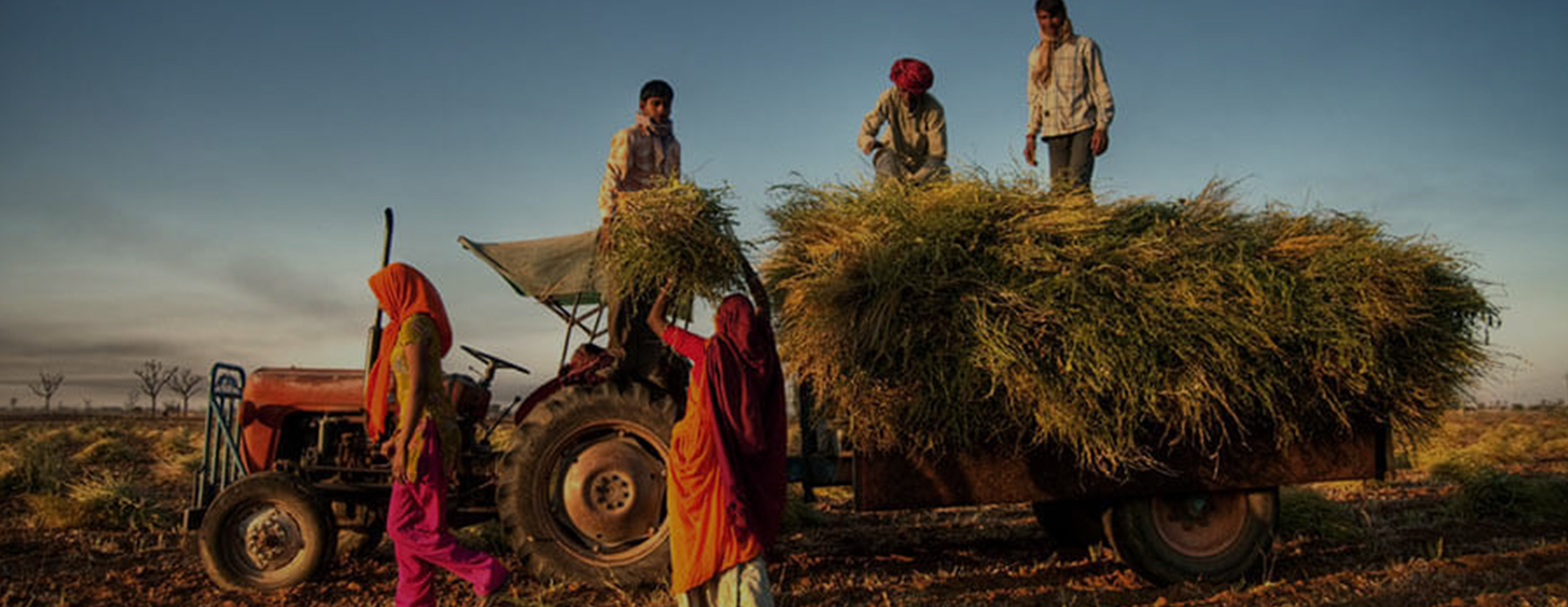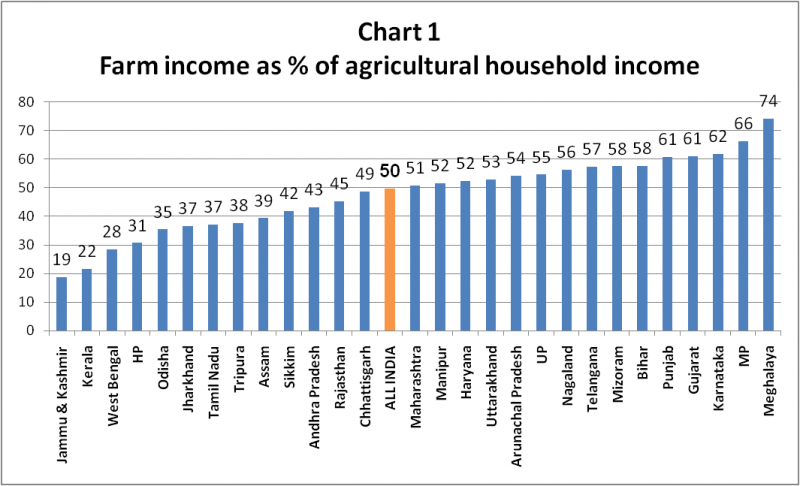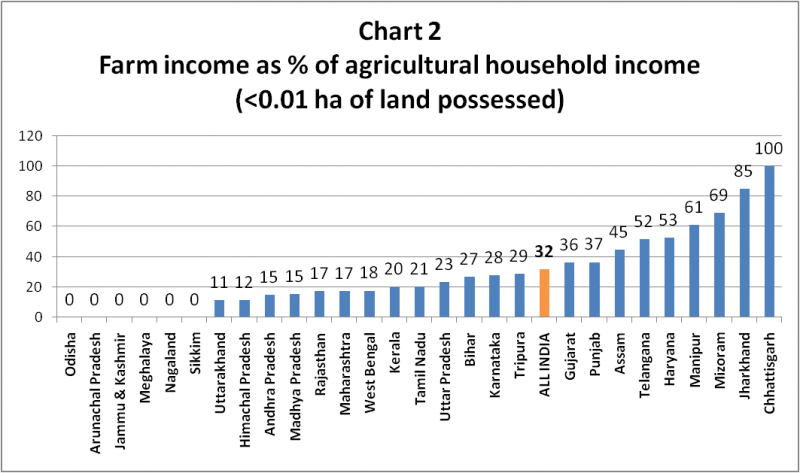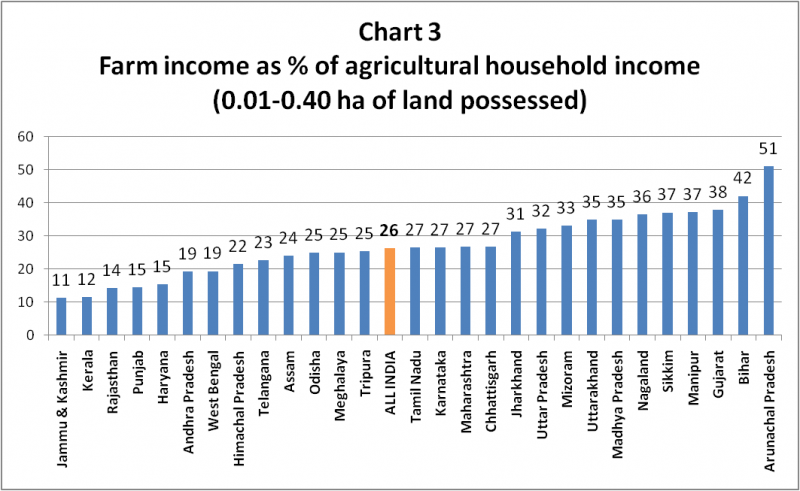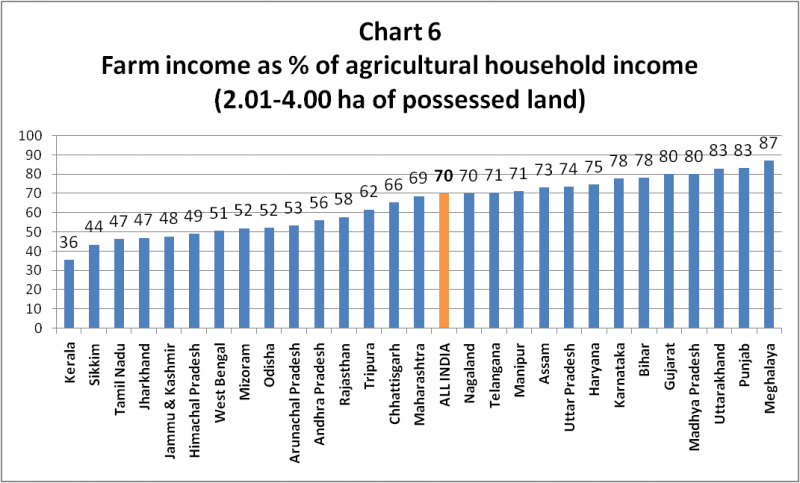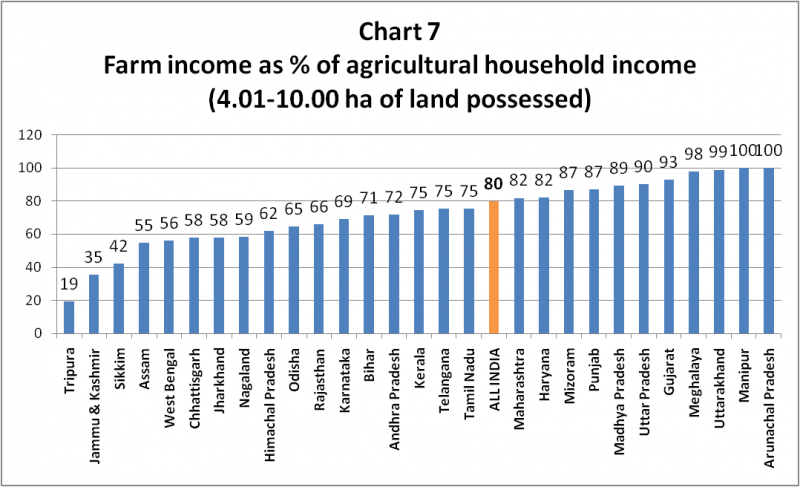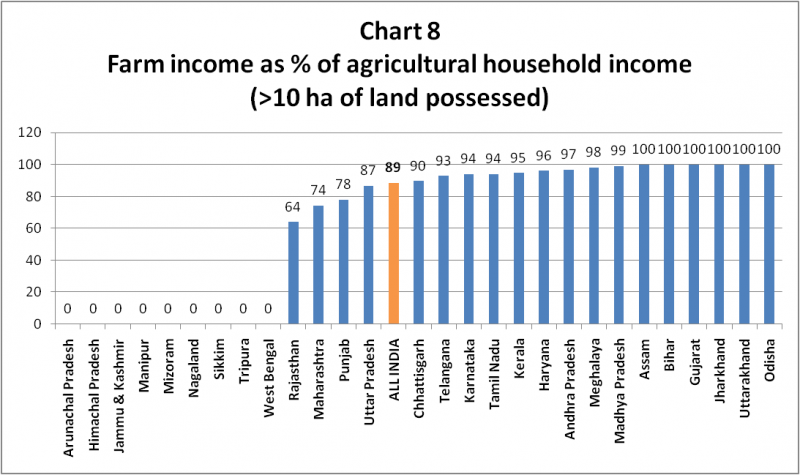Food is regulated through a variety of activities that include setting food safety standards, developing guidelines, mandating disclosure, devising certification standards, testing of products, monitoring and supervision, and the imposition of sanctions and penalties. It also includes public education about food safety for the general public and for people and enterprises in the business of producing and selling food. The Food Safety and Standards Act, 2006 provides the legal framework for food regulation in India. Following this law, the Food Safety and Standards Authority of India (FSSAI) was established in 2008.
In this session of the Know Your Regulator series, Ms Rita Teaotia, Chairperson, FSSAI spoke of food regulation in India. She was in conversation with Dr Mekhala Krishnamurthy, Senior Fellow, State Capacity Initiative at the Centre for Policy Research and Dr. Abha Yadav, Associate Professor, Indian Institute of Corporate Affairs and Director of the Forum of Indian Regulators (FOIR) Centre at IICA. Dr KP Krishnan, IEPF Chair Professor in Regulatory Economics, National Council for Applied Economic Research (NCAER) provided welcome remarks and comments.
A summary of the conversation below:
An introduction to FSSAI
The Food Safety and Standards Authority of India (FSSAI) is a young regulator. It was established under the Food Safety and Standards Act, 2006. The primary aim of this law was to check the ever-growing problem of food adulteration in India. FSSAI has established a single point reference system to address problems related to food regulation. In 1954, the FSSAI brought in the Prevention of Food Adulteration Act that was enforced in 1955. But that did not last even for more than a year because the Essential Commodities Act came in the same year (1955) and these multiple orders – edible oil control order, milk products order, infant food order – were implemented by different ministries. It became a situation where the industry bodies and consumers were confused. In response to this, in 1998, the Prime Minister’s Council of Trade and Industry decided that there needs to be a model, comprehensive legislation that will perform all the functions instead of a piecemeal approach to food regulation. This led to enactment of the food safety legislation in 2006, and subsequent constitution of FSSAI in 2008.
FSSAI provides a seat to seven different ministries, including ministries for Health, Food Processing, Agriculture, Legislative Affairs, Consumer Affairs. In an ideal world, this is where the policy input happens (it may not always happen). Also, every single regulation is put out there for comments for sixty days and anybody is welcome to make comments and raise objections. This provides opportunities for all the stakeholders, including industry bodies, farmers, and consumers, to have a voice in this Authority. It is very important for these groups to have their say at this stage.
Challenges in FSSAI
When the SEBI Act was passed in 1992, it was decided that the members of the old administrative body (Controller of Capital Issues) will not be recruited into SEBI. India, at that time, was moving away from control to regulation. Additionally, it was decided that the new regulator will be based out of Bombay and will not have anything to do with the existing team in Delhi. This is very different from how the FSSAI was implemented.
The first team of the FSSAI consisted of people from the old administrative bodies that were involved in food regulation, and they brought their histories into this organisation. There was a conformity culture within the old organisation that members of the FSSAI had to unlearn. The old authority focussed on enforcing absolute standards, but the FSSAI wanted to improve on processes. This was a complete cultural shift and became a significant challenge to overcome.
Another challenge is the issue of uneven state capacity. This is a federal Act that expects for the implementation and enforcement of the regulations to be the joint responsibility of the centre and the state. It is true that the FSSAI touches every Indian but is the level of enforcement and compliance uniform across the country? Is the level of competency and skillset uniform? There is a challenge here that the FSSAI is dealing with.
The other challenge is in laboratory capacity. The Authority has primary laboratories, referral laboratories and reference laboratories that produce reference material. This is a three-tier system. Some of them belong to the FSSAI, many belong to the states, and some are from independent laboratories. Getting uniform NABL (National Accreditation Board for Testing and Calibration) regulations and having a comprehensive capacity across all these labs is a challenge. A lot of the Authority’s budget goes into improving laboratory capacity.
Are women represented well in FSSAI? Has FSSAI achieved one-third representation for women?
In terms of the number of women in the organisation, the first authority had six women, the second only had five women. It’s a hit and miss because sometimes the representative of an industry or a ministry could be a woman but there are no guarantees. This is a challenge, and the difficulty arises because there aren’t enough women in the right leadership positions to appointed. The FSSAI has never achieved one-third, but there is a conscious and brave effort to achieve one-third representation within the Authority.
Autonomy of FSSAI
Very early on, FSSAI adopted government pay scales, but the levels were compressed a bit to have a much leaner structure. FSSAI started out with a sanction strength of 356 people, but the organisation eventually started its own process of finding people, most of whom came on contracts. The Authority wrote and passed a set of rules for recruitment only in 2018 and it also got additional positions approved. So, for the first time, FSSAI is an authority with proper recruitment rules. There are 840 sanctioned positions in the FSSAI today of which 550 positions are filled. The organisation is still recruiting for positions and many food technologists are interested in joining the Authority.
Functions of the FSSAI
In terms of powers, the FSSAI does not do all the enforcements. The organisation only does some parts of dispute resolution. The Authority specifically investigates three categories of offences:
- When the FSSAI tests food products, it may encounter labelling deficiencies. There are technical deficiencies aswell. These have been proposed in the amendment to the Act and is to be compounded by the designated officers. This gets settled with a fine and the Authority decides the fine quantum.
- For quality issues, for example milk not containing enough fat is not harmful to the consumer’s health. This is a quality issue but not a safety issue. Issues such as these are first sent to FSSAI’s adjudicators who are additional district magistrates outside of the FSSAI administration. Appeals from there will go to an Appellate body constituted in each state headed by a retired high court judge.
- Safety issues are first taken up by the lower criminal court. Criminal cases are where one must be worried about safety.
Minor infringements that affect quality and safety are easily resolved. If these issues cannot be easily resolved, then the issue is dealt with by an Adjudicating Officer who then transfers the issue to the Appellate body, and this process takes quite some time. In food, the penalty for an infringement must be immediate, it mustn’t be after five or ten years. The temporality is so critical.
How does standard setting work in food regulation?
Scientific risk assessment is required to set standards. New knowledge emerges and FSSAI keeps track of this. FSSAI’s standards are not frozen in time, but the organisation also makes sure that they standards are not changed too often because it might not bode well for the industry. It takes two years for a standard to come out.
The Authority also needs to decide when standards need to be implemented. To think through these questions, FSSAI has created a network of scientific institutions working in food safety and nutrition. There are about 45 research and academic institutions part of this network. They have been grouped into eight groupings and they do horizon scanning for the FSSAI. They identify emerging research trends, new technological processes, emerging risks, and new products to our attention. Apart from the Chairman, the CEO and the Authority, the FSSAI has a scientific committee and 21 panels, each comprising eleven independent scientists or experts. These panels work on specific standards. They look at risk assessment, they look at data and then they set up an expert group to develop a standard. This matter then goes to the scientific committee that comprises the chairpersons of all the scientific panels as well as six independent experts. This body looks at the wider implications and cross-cutting issues. Finally, the standards go to the Authority where it is only approved as a draft. Here is where the inputs of the stakeholders come in and the final draft goes to the Ministry for concurrence. With that concurrence, it goes to the public for 60 days for comments.
For example, the Authority recently brought out the labelling regulations for which it received thousands of public comments.
The Authority decides only based on scientific evidence and if there is any technical or scientific issue that the Authority may have overlooked that comes through the comments, it tries to remedy it and then circulate the revised draft through the same route. During the second time, the draft goes to the legislature for it to get approved as regulations that the Authority will begin to enforce.
FSSAI gives almost up to a year before enforcing regulations. This is the transition time required for the industry to change whatever is required to comply with the new regulations.
The imposition of certain kinds of standards will have multiple implications. In the approach to making standards, how are multiple interests balanced?
Standards are not something very tough to achieve. It’s about balance. For example, in agriculture, we talk about good agricultural practices where we decide that only a certain percentage of pesticide or insecticide is allowed. The FSSAI’s regulations need to be practical and transmittable in terms of the organisation’s capacity building initiatives. The Authority is also keen to ensure that small businesses understand its regulations. There are conflicting interests, but the organisation aims to keep trying.
The global standard setting body is the Codex Alimentarius Commission. India has been a member of Codex since 1964 and we held the chairmanship from 2014-17. The Authority works with the Codex in the standard setting process and refers to Codex when it comes up with Standards. FSSAI is also actively trying to harmonise these standards, particularly in additives and contaminants where the organisation has investigated stakeholder assessments to contextualise standards for India.
On genetically modified crops in food
Section 11 in the Environment Protection Act (EPA) says that no Genetically Modified (GM) food shall be imported or processed in India without the approval of the Genetic Engineering Advisory committee (GEAC). So far, the GEAC has not approved any food crop that is genetically modified. FSSAI’s position is that GM products are not permitted in this country. In 2008, the GEAC and the Ministry of Environment clarified that processed food that may have GM origin ingredients without Live Modified Organisms (LMOs) will not fall under the ambit of section 11 of the EPA. In the FSSAI Act, section 22 talks about the many categories of products including GM products. There now exists a position where GM processed foods should be regulated and tested but there needs to be a regulation in place to do that. A draft regulation is under the government’s consideration and the intention is to permit GM-origin products that do not contain LMOs.
There are also no substitutes for making certain foods. GM food products are imported to be used in the biotechnology industry and FSSAI does not permit them to be used in food. It is important to understand the boundaries and risks specific to GM food products. Our EPA requires that every single crop product of GM origin (24 in number) must be approved by the GEAC but if they are not presented to the authorities when they are imported, how would the government know? FSSAI now requires that all the food crops are checked and also requires a certificate from the country that it the food is imported from stating that the consignment is GM free. It then goes through the Authority’s regular risk management system at the port of entry where 20% of samples are tested. Along with regular testing, these systems also test for GM free products.
Methods to ensure compliance
In terms of compliance, there is the issue of what to look for.
- Anybody in the food business, whether it is a street vendor on the street or a big chain, needs to have a license. If your annual turnover is below 20 lakhs and you are in the business of food, you should register with the FSSAI. If your turnover is above this number, you need a license. This is a method by which the Authority recognises all food businesses in the country.
- While enforcement happens through the state machinery, FSSAI also advocates self-compliance. When a person signs on in the license, he accepts the standards and the code of practice. Schedule 4 in the Act specifies safety and hygiene practices that the vendor must follow. There are many kinds of checklists.
- For compliance, the Authority inspects to collect samples for testing. FSSAI has only 2500 food safety officers while there are 46 lakh food businesses. It is impossible for the 2500 people to reach out to all these businesses. To solve for this, the Authority has designed a method where it determines its inspection frequency based on the risk and the profile of the food business.
- FSSAI also does hygiene rating and third-party audits. The manufacturer is required twice a year to test his food samples at a laboratory at his own cost and keep those results with him for the next inspection. The Authority also has tools to help people comply like the ‘do it yourself’ checklist, codes of practice, etc.
FSSAI also has a very large capacity building programme with 262 training partners and 1000 trainers and 19 programmes for all the sectors. It is required that every organisation has at least one person who is trained with the Authority.
Inspection
FSSAI’s inspection tools are fully online. The web-app has geo-tagging features to determine who has accessed the app. The details of the inspection are all on the checklists and users cannot bypass inspection without these checklists.
FSSAI has also created a risk profile for states for all their food businesses. The 46 lakh food businesses are classified according to this list. States get a printout with the names of the businesses that needs to be inspected from the FSSAI. If there is a complaint, the Food Safety Officer is expected to inspect that business as well. FSSAI is keen to take subjectivity out of this system to make sure that there is transparency to create a history of records that includes samples, self-compliance checklists, inspection records and annual turnover. A risk profile is arrived at based on these metrics.
What kind of food system do we want?
There are big debates on commercialisation of food. What is the role of a regulator and a standard setting body in shaping “safe and wholesome food”?
During its first ten years, FSSAI focussed on getting the first set of regulations. Then the Authority moved to focussing on what was on its preamble: to ensure access to “safe and wholesome food”. FSSAI’s campaign called “Eat Right” is an effort to nudge people towards better diets and nudge the industry to rethink their role as providers of this nutrition.
The Authority has done this in a collaborative manner but there are regulatory components, capacity building components and certification components to this nudging effort. People were claiming that food was fortified but FSSAI did not have standards for fortified food. What the Authority chose to do instead was to set standards for five staples – rice, wheat flour, oil, milk, and double fortified salt – and set those standards at 30%-40% of recommended daily allowance. This is based on the premise that a diversified diet is important.
FSSAI has also brought out regulations on transfats. The global goal is that the world must be transfat free by January 2023. Ten years ago, the Authority focussed on bringing this number down in India and we were at 2% in January 202, in both oils and fats and processed foods. This nudging process has worked. FSSAI is well on its way to eradicate transfats in India by January 2023. Another goal has been to focus on less salt, sugar, and fats through health regulations.
Why do we need to know our Regulators?
Regulators touch our lives in many ways, and the FSSAI is an organisation that touches all Indians. Anyone who consumes food is touched by this agency.
Regulators are different from government departments. As Statutory Regulatory Authorities (SRAs), the regulatory agencies are distinct and separate. The word Statutory means that they are established by a law of the parliament; Regulatory in terms of the activity that they do and Authority because they are a distinct legal persona separate from the government departments.
What is striking about the SRAs is the fact that most regulators are not like the other standard organisations in the state. The SRAs have powers to legislate, the power to implement legislations (administrative law) and some regulators have some degree of powers to preside over disputes specific to the sectors they regulate. A situation that a regulator deals with is complex and dynamic since it depends on the sector. Detailed parliamentary legislations cannot envisage what lies ahead and hence there is a need to give the regulators the flexibility to write legislations based on the situation. It is equally important to keep it away from politics since the regulators must give certainty to the markets. Conferring vast powers over an organisation could lead to serious democratic deficit and other accountability issues. Hence there is a need to reach out to the public to create an awareness on the nature and function of regulators.
The idea of the KYR series is to have a public conversation with the regulators. These conversations are specifically meant for the intelligent layperson who is keen to know more about the organisations that touch her life through regulations. You can find out more information on our first event in this series here.

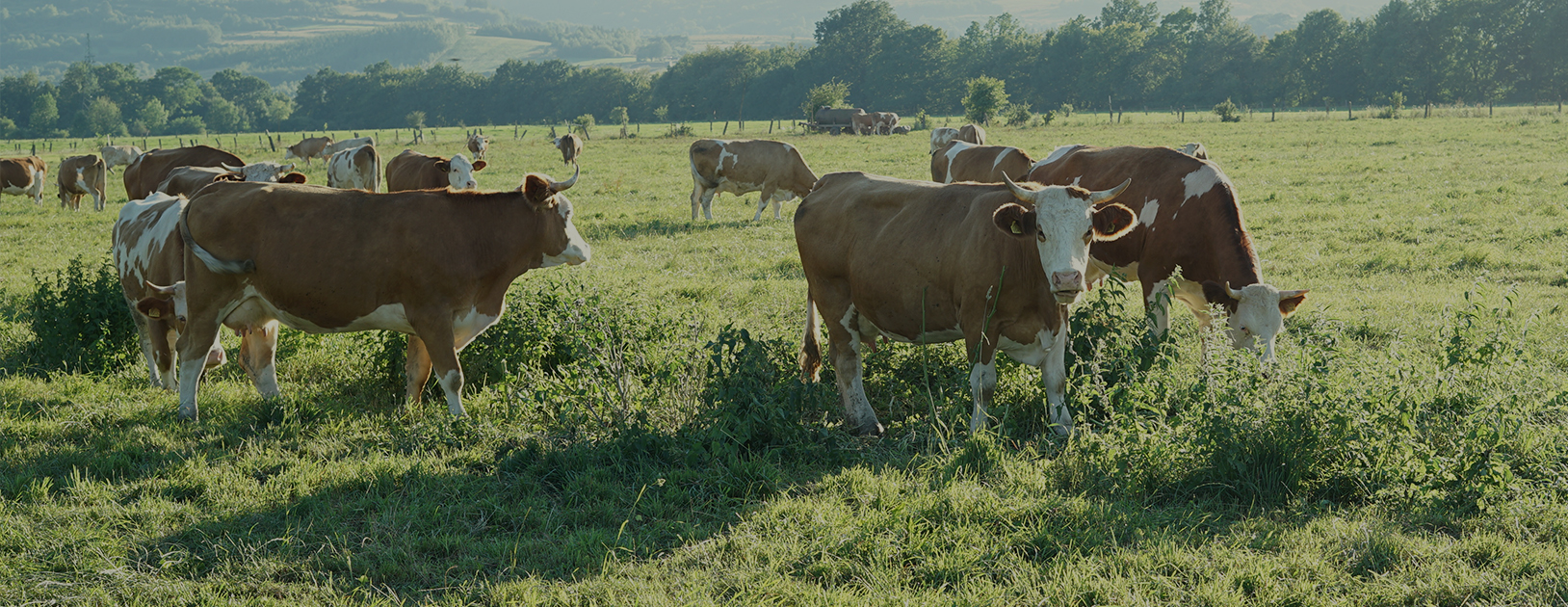

 Source: National Accounts Statistics
Source: National Accounts Statistics